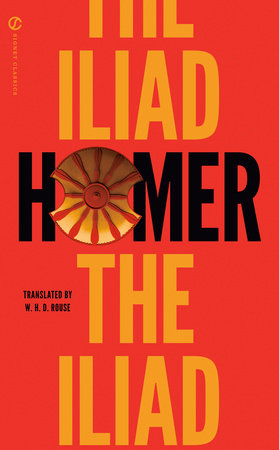To separate oneself from others and from our environment is the original violence we do, both to others as well as to ourselves. Yet one’s nature inextricably links oneself to others; that is, we are naturally at home among others (other human beings as well as other non-human beings). It is through the violence of culture that we divide ourselves into “us” and “them,” yet culture (and its requisite violence) is (as Irigaray maintains) natural to mankind. There is no—and can never be a—return to a primal nature untainted by civilization. It is man’s essential nature to be/become enculturated in an attempt to occupy the center of beings: “Man imposes a yoke upon the life that unfolds in itself but whose foundation he does not inhabit” (69). The fact that life occurs without human mediation gives man cause to exert force over that life. In so doing, he forces nature within or under a human timeframe: instead of allowing grain to naturally produce itself (à la physis in its most fundamental sense), he employs several methods from agriculture/agribusiness (the use of fertilizer and pesticide, the development of irrigation systems, the introduction of foreign species, among others) to “force” grain to grow according to his own time, in order to maximize yield. In effect, man removes nature itself from the realm of nature and imports it into his own fabricated world, thereby making it subject/subjected to his instrumentalized, scientific, productionist mode of being. Man’s idea of nature then becomes reliant upon the human being, erecting man as its creator and caretaker. This “nature” depends upon human culture. Within this phallologocentric view, it is only upon the kindnesses of human “strangers” that all things can come into their own being. This, however, is just another version of the anthropocentric myth. This metaphysical position becomes the foundation of culture and history. But man’s homelessness continues to beckon him still back toward the un-fabricated home outside of his imposed intelligibility. His seeking of home merely endeavors to domesticate the mysterious and unfathomable abyss he does not recognize.
Irigarayan Deinos & the Distance of Home, Part III
As man establishes a culture of violence (whose violence is not man’s but nature’s), he forgets his originary nature, replacing it with a fabricated version. But this new nature also falls prey to the violence expressed within the male to be. For Irigaray, man institutes culture, thereby launching history, in an attempt to assert his power over nature. She asks, “Is History not simply the other name for man’s intolerance towards nature” (70)? This “most violent gesture”—the gesture of mastery—is the claim of originality, the originary audacity to speak “in the beginning” as if man were present at the beginning of history. Man eludes his oblivion—his historical absence—by formulating history as progressive and teleological. But when man congratulates himself for his mastery over all created beings, he, already fully embedded in metaphysics, is well on the way toward his oblivion(s) to come from which there will be no escape: his individual oblivion (that is, his death) as well as the oblivion that awaits all things if man destroys his world (which in turn will destroy his natural to be as well). The scientific fields of archeology and paleontology, in Irigaray’s view, will never say anything significant about the origin of mankind. Instead, man’s beginning is revealed only discursively; that is, “in the interpretation of a mythology in which man imposes himself as the master of nature, after having been its slave” (70). The instruments man has utilized to effect his dominion over nature—“tools, language, intellect, the passions themselves” (70)—along with the gesture of dominion “create, little by little, another world which dominates him … and which exiles him from himself, even if he may feel closer to it because it is made by him” (70). Therein lies the tension between the power of men and the strength of nature.

